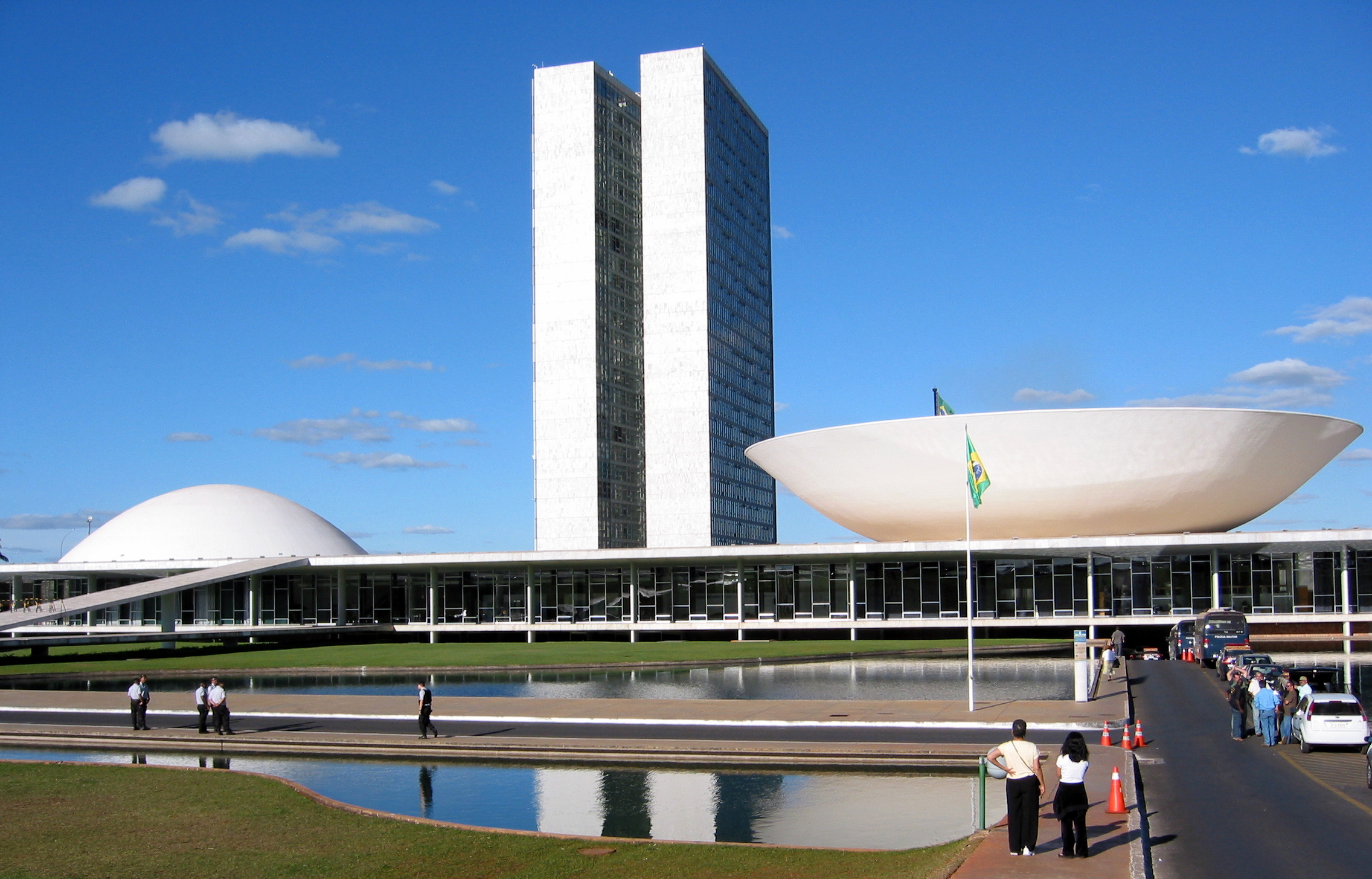The Science behind Architecture

Architecture, in various forms, dates back to early man. But it wasn’t until the late Renaissance period that modern architecture that we know today came about; when engineers, artists and architects separated and formal architecture training began in the 19th century. It became less focused purely on its artistic merit, and more on its quality and function.
The Oxford Dictionary defines architecture as being: ‘the art and science of designing buildings and (some) nonbuilding structures’. (Shorter Oxford English Dictionary, 1993). And now, there is more science behind architecture than ever before – from earthquake and hurricane proof to advanced soundproofing and more, a building is no longer ‘just a building’, and the design needs to be more than just aesthetically pleasing – it needs to be functional too.
Here, we take a look at some of the common problems faced by architects and the scientific developments that are used to overcome them.
Sustainability
The word sustainability has been a hot topic for several years now. Sustainable products are both environmentally friendly and more economical. From energy and transport to clothing and agriculture, engineers and scientists are constantly looking for ways to make things more eco-friendly and sustainable. Architecture is no different. There are several elements of building design and construction that can be more sustainable – including the materials used and machinery involved.
In Australia, the Green Building Council of Australia gives green ratings to new buildings, based on the environmental impact that they have. Launched in 2002, the not-for-profit Green Building Council aims to help promote more sustainable and green property developments, such as those advocated by Dion Seminara, who is looking to promote what he calls ‘intelligent architecture’.
“The Queensland homes offered many advantages, particularly in terms of lower running costs for heating and cooling. The architectural design responded directly to the local climate using simple materials to create comfortable homes.”, Brisbane architect, Dion Seminara.
As well as courses and training, architectures and others involved in building have access to a range of solutions and incentives to help them build more sustainable buildings. (GCBA, 2014)
Health
One of the more interesting scientific developments looks at the tiniest elements of architecture. Recent studies conducted at the University of Oregon looked at the number and type of microbes that exist in a typical building; of course, the number is in the billions, and includes viruses, bacteria and fungi. Now, a new study led by Jessica Green is looking at how building design affects the type and number of microbes.
An analysis of every step of the building process from the architect’s blueprints to the paints used on the wall and ventilation system chosen, is hoped to give a clearer picture of how architecture shapes the microbes we are surrounded by. The research could then be used to help design healthier buildings, which could potentially be particularly useful in schools and hospitals. (Wired, 2014)
Natural disasters
Natural disasters in any nation can be devastating, but without well-designed buildings, the devastation can be significantly worse. Earthquakes are the biggest natural disaster that engineers and architects face, but technology and design is becoming increasingly successful in preventing damage to buildings.
The 2011 earthquake in Japan is one of the best example of earthquake engineering working its magic. While the 8.9 magnitude earthquake was devastating further north, in Tokyo there surprisingly little damage due to the strict standards that Japan has on new buildings. There are videos that show the extent that the skyscrapers swayed during the earthquake, but did not fall. As a result, hundreds of thousands of lives were saved. In comparison, the 2008 Sichuan, China earthquake had a death toll of over 88,000. (USGS, 2008)
The most common way to earthquake-proof a building is to use a tuned mass dampener, which sits inside the interior of a building and absorbs the seismic shock. (Business Insider, 2011) However, there are dozens of different methods used – and they are constantly being developed.
Conclusion
Architecture is becoming increasingly advanced, and the role that architects play in protecting the lives of humans and the environmental impact to our Earth is constantly growing. While there will always be art involved in architecture – science is playing a bigger part.
Other useful references:
http://seedmagazine.com/content/article/architectures_scientific_revolution/
 Follow
Follow